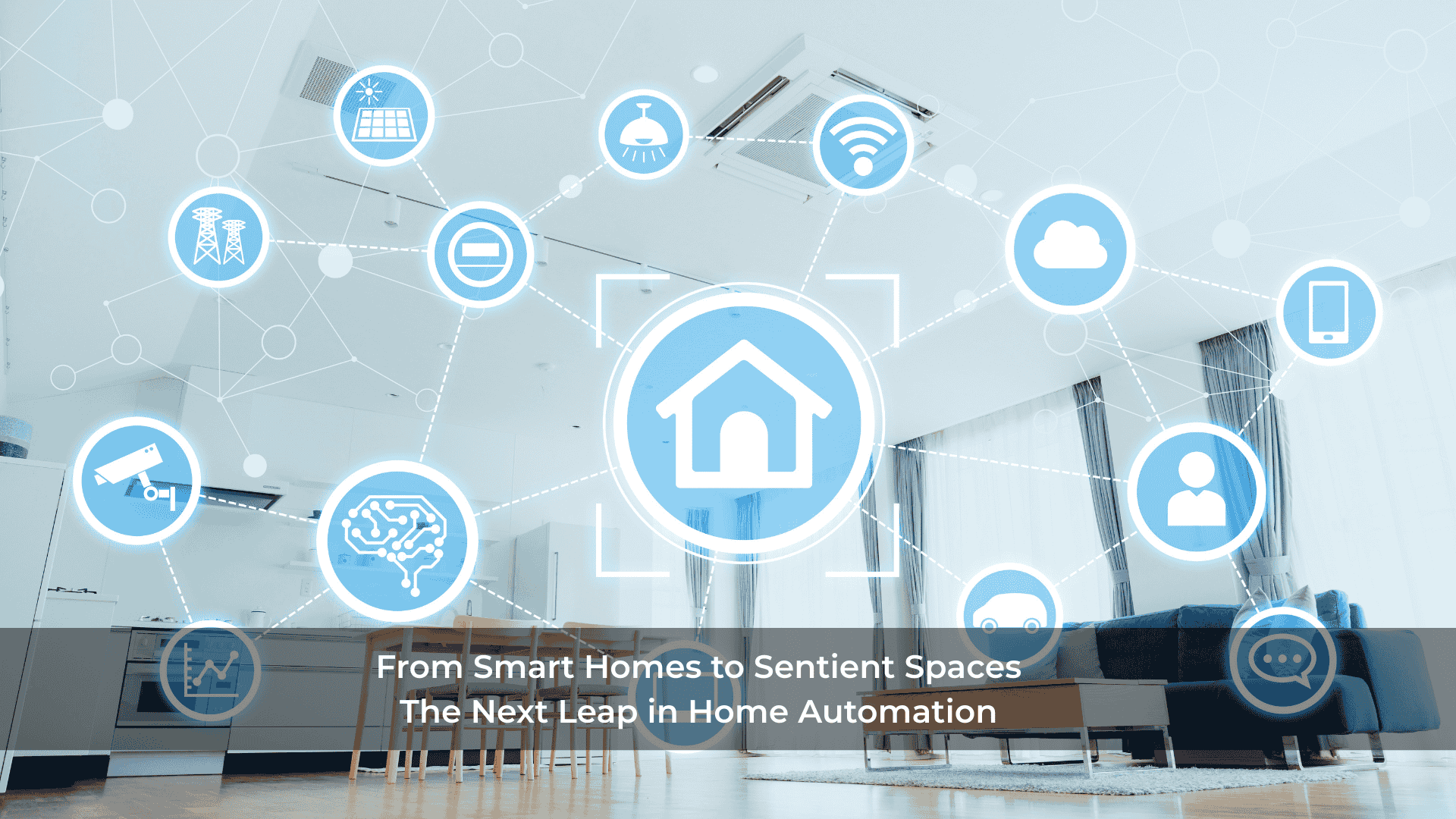The era of smart homes is well underway. We’ve welcomed voice-activated assistants, automated lighting, intelligent thermostats, and app-controlled appliances into our lives. But what’s next? The future isn’t just bright—it’s sentient.
We’re now on the cusp of a new phase in home automation: sentient spaces. These environments don’t just respond to commands—they anticipate needs, adapt to moods, and evolve with their inhabitants.
What Are Sentient Spaces?
While a smart home is reactive (you say, “turn off the lights,” and it does), a sentient space is proactive and contextual. It understands who is in the room, what time it is, the user’s habits, and how to optimize their experience—often without being prompted.
These systems are driven by:
- AI and machine learning
- Sensors and ambient computing
- Context-aware software
- Emotional recognition technologies
Key Features of Sentient Spaces
1. Adaptive Environments
Lighting, temperature, and sound dynamically adjust based on the time of day, weather, or even your emotional state.
2. Behavior Prediction
Your home knows when you wake up, how you like your coffee, and what playlist helps you focus. It prepares before you even ask.
3. Emotional Intelligence
Using voice, facial expression, and movement analysis, sentient systems can detect stress, fatigue, or happiness—and adjust accordingly.
4. Multi-Device Harmony
From wearables to furniture, sentient spaces coordinate every smart device for a unified, seamless experience.
5. Learning Over Time
The space evolves. It remembers your preferences, adapts to new routines, and learns from multiple users simultaneously.
Real-World Examples on the Horizon
- Beds that monitor sleep and adjust room conditions
- Mirrors that analyze your health and offer personalized skincare suggestions
- Kitchens that plan meals based on your diet, inventory, and schedule
- Home offices that auto-configure based on your calendar and energy levels
Benefits of Sentient Living
- Greater comfort and personalization
- Improved energy efficiency
- Support for mental and physical wellness
- Enhanced security through contextual awareness
Ethical and Privacy Considerations
As these systems grow more intuitive, they also raise important questions:
- Who owns the data?
- How are emotional and behavioral patterns protected?
- Can the system be manipulated or hacked?
- Are we sacrificing autonomy for convenience?
Designers and developers must ensure these innovations prioritize transparency, control, and user consent.
Conclusion: The Future of Home Is Alive
Sentient spaces aren’t just a futuristic fantasy—they’re the natural evolution of smart home technology. By combining intelligence with context and empathy, these environments aim to create living spaces that truly live with us.
The next home revolution isn’t about more devices but deeper understanding.

